If you thought that Juno, the spacecraft that recently arrived at Jupiter, is the only manmade creation currently orbiting Jupiter you are wrong. Onboard are also three quite famous little LEGO minifigures. They arrived at Jupiter July 4, 2016, and will remain in orbit for 39 orbits spanning into 2018. Once the science phases have been concluded the spacecraft will commence a controlled deorbit into the mystical unknown that is Jupiter.
[pullquote]All you brick-building fanatics out there will love the fact that onboard the spacecraft are these three LEGO minifigures.[/pullquote] They represent two ancient gods from the Greek mythology, Jupiter, and Juno. Along for the ride is also Galileo Galilei, the Italian astronomer who played a major role in the scientific revolution of the seventeenth century.
The LEGO minifigures are cast in a special space-grade aluminum that can withstand the extreme environments of space. Scott Bolton, Juno’s principal investigator, said, “They have gone through all the testing to make sure that they fit on our spacecraft in a way that is like our other science instruments.”
Imagine the amazing adventure they are currently on. It beats anything we could ever put them through here on planet Earth; that’s for sure. Sadly, they will join Juno on the fatal descent through Jupiter’s atmosphere in January 2018. What will become of them we can only speculate. We can only be sure that they will most likely never be seen by human eyes again.
Why these three LEGO minifigures you might ask? Each of them represents humanity’s relationship with the gas giant planet. Hopefully, they will bring good luck so that we can once and for all understand the many secrets that make up Jupiter.
Juno was launched into space on the 5th of January, 2011 and ever since it has been traveling through space to its destination. The over one billion dollar spacecraft was designed and built by Lockheed Martin and has a top speed of 265,000 km/h. Now orbiting Jupiter at a height of 4,300 km (2,672 mi), the spacecraft will conduct science-gathering experiments for the coming 20 months.
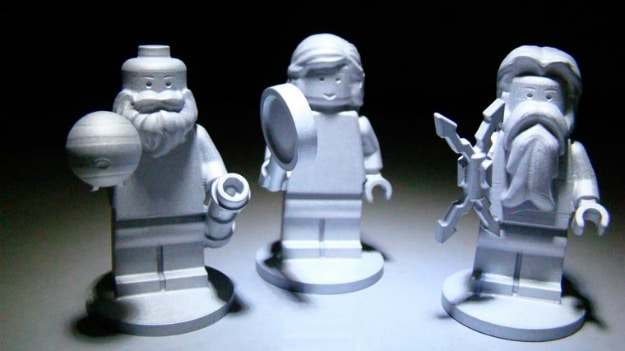

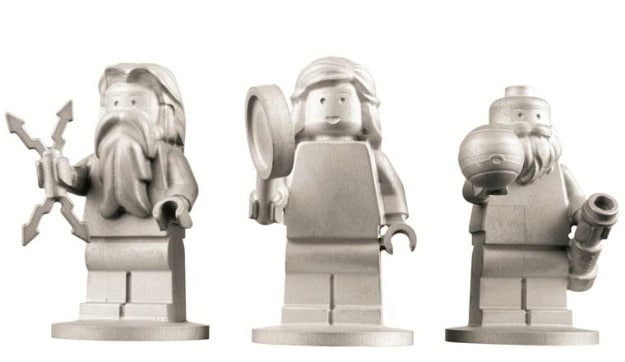
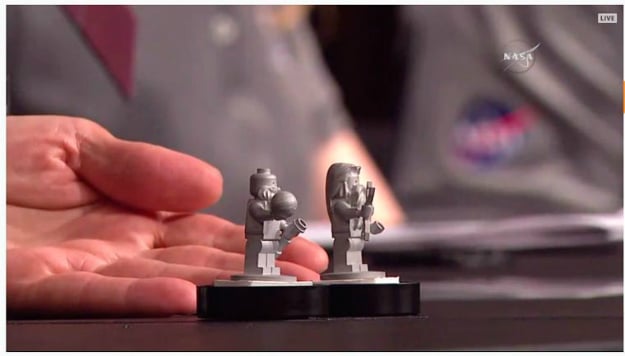
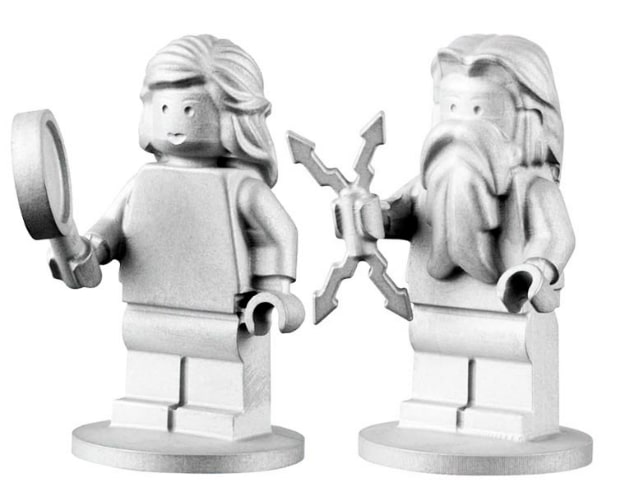
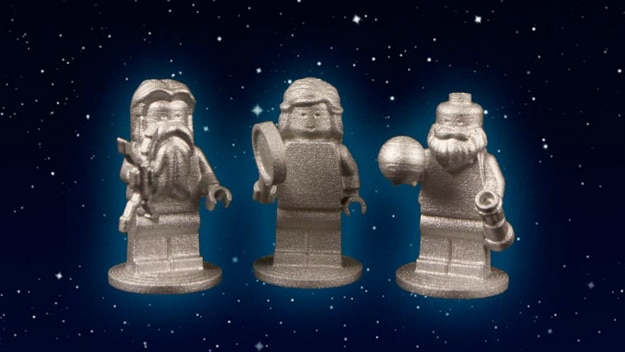
COMMENTS